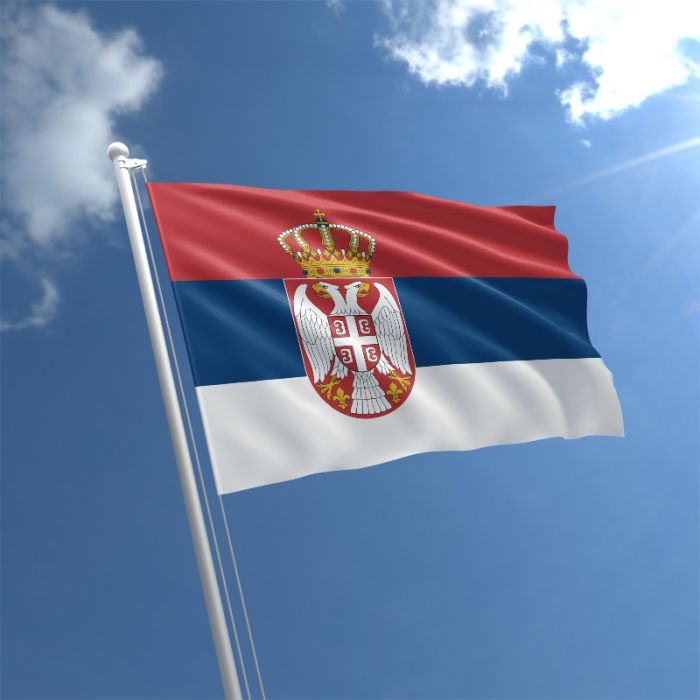Serbia is a country located in Southeast Europe. It has a population of approximately 7 million people, with Belgrade as its capital city.

The lifestyle here is heavily influenced by its history and culture. Local cuisine is known for its meat dishes, such as cevapi and pljeskavica, as well as its dairy products like kajmak and ajvar. In recent years, there has been a growing interest in the country among tourists and travelers. The country’s rich history, stunning landscapes, and welcoming people have made it an increasingly popular destination. Visitors can explore the medieval fortress of Belgrade, hike through the stunning Tara National Park, or relax in the thermal spas of Vrnjacka Banja. With so much to see and do, it’s no wonder that people are getting more curious and asking more questions about the nation. This article is written to answer the questions of such people. The following are the most common queries in the country.
What types of visas are available for Serbia?
The country offers several types of visas for foreign nationals. Each permit has specific requirements that must be met before it can be issued. It is important to carefully review the requirements for each permit type to ensure that you meet the criteria.
How long am I allowed to stay in the country on a visitor’s visa?
People with visitor cards can stay in the nation for a maximum of three months. This type of card is ideal for individuals who are visiting for leisure purposes, such as sightseeing or visiting friends and family. It is important to note that a tourist visa does not allow you to work in Serbia. If you plan to work while in the country, you will need to obtain a work permit.
What is the cost of living here?
Living expenses here are much cheaper than in many other European nations. The average monthly cost of living for a single person is around 400-500 euros, which includes rent, utilities, food, and transportation.
What are the best cities to live in Serbia?
Belgrade, Novi Sad, and Niš are some of the best cities to live in. Belgrade, the capital city, is the largest in Serbia and offers a vibrant cultural scene, excellent nightlife, and a variety of job opportunities. Novi Sad, the second-largest city, is known for its beautiful architecture, parks, and cultural events. Niš, located in the south of the republic, is a smaller city with a lower cost of living and a relaxed lifestyle.
What are the education options for expats here?
For expats looking to pursue education, there are several options available. The University of Belgrade is the oldest and largest university, offering a variety of undergraduate and graduate programs in English. Other universities, such as the University of Novi Sad and the University of Niš, also offer programs in English. Additionally, several international schools offer education in English for expat children.
What is the crime rate like in Serbia?
Serbia has a moderate crime rate, with the most common crimes being theft and pickpocketing. It is advisable to take precautions such as keeping valuables safe and being aware of your surroundings.
What are the best ways to travel within the nation?
The country boasts an extensive public transit infrastructure that includes buses, trams, and trains. Taxis are also easily accessible, although to avoid scams, it is best to utilize licensed taxi services. Car rental options are offered for individuals who like to drive.
What are the best local dishes to try?
When it comes to food, Serbia offers a variety of delicious local dishes. Some must-try dishes include cevapi, a type of grilled meat served with bread, kajmak, a creamy dairy spread, and rakija, a fruit brandy commonly served as a digestif.
You may also find these articles helpful
Things to know before immigrating to Serbia
Best universities to apply for in Serbia as an expat

